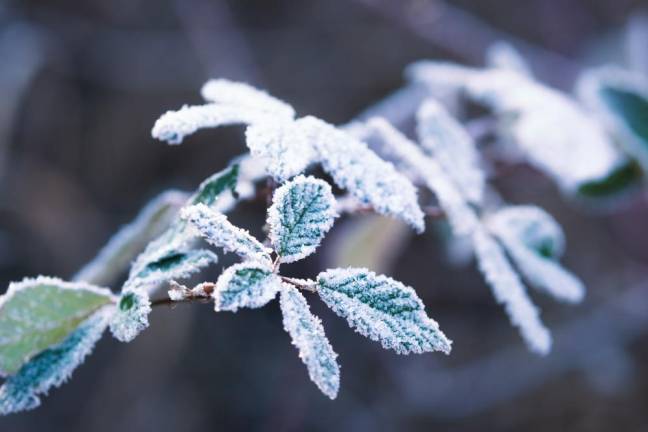How to prepare your garden for spring
Start planning and preparing your 2024 garden now.

Gardening isn’t usually the first thing that springs to mind when the calendar page turns to January. But there’s no better time to start planning and preparing your 2024 gardens.
Frost – or lack thereof – is the defining characteristic that can guide gardeners over winter.
What you can do now
While frosts and freezes are common, gardeners should monitor for heaving, the lifting of plant roots and bulbs out of the soil resulting from the season’s freeze-thaw cycles. Pushed up out of the ground, even ever so slightly, they become vulnerable to exposure and could die.
Take periodic walks around beds and borders and push heaved roots back into the ground with your foot, then apply a few inches of protective mulch over them.
Keep off the grass. Walking on frozen or muddy lawns can injure grass and damage soil structure, which is difficult to repair.
Protect young trees from rodent nibbling by wrapping their bottom halves with plastic collars or mesh hardware cloth.
Gently remove snow from evergreen branches to avoid buckling and breaking. A long-handled broom is the best tool for the job.
Pile shoveled snow over perennial beds and borders (as long as you haven’t applied ice-melt chemicals). Roots will benefit from the added insulation.
Keep plants away from radiators and heating vents, and mist them every other day or place a humidifier nearby.
Go on a search-and-destroy mission through the garden. Inspect tree branches, patio furniture and other surfaces for the egg cases of spongy moths. They look like gray or beige wads of used chewing gum. Each mass contains up to 1,000 eggs, so scraping them off now and dropping them into a bucket of hot, soapy water will reduce the next generation of the hardwood-tree-decimating insects. Wear gloves – it’s icky work.
Look especially for spotted lanternfly eggs: Inspect tree trunks and branches, patio furniture, cars and other structures for their egg masses. The wax-coated blobs, which appear to be covered in mud, contain up to 50 eggs apiece. Scrape them off into a zipper-top plastic bag filled with hand sanitizer, then seal the bag and place it in the trash. Your contribution to this effort is vital to slowing the spread of this destructive insect.
Get a head start by sowing flower seeds in containers or flats.
General tips
This is a good time to take inventory of supplies and leftover seeds, noting what needs to be replenished. Take advantage of off-season sales and clearances.
Place plant and seed orders. The most popular selections will likely sell out quickly.